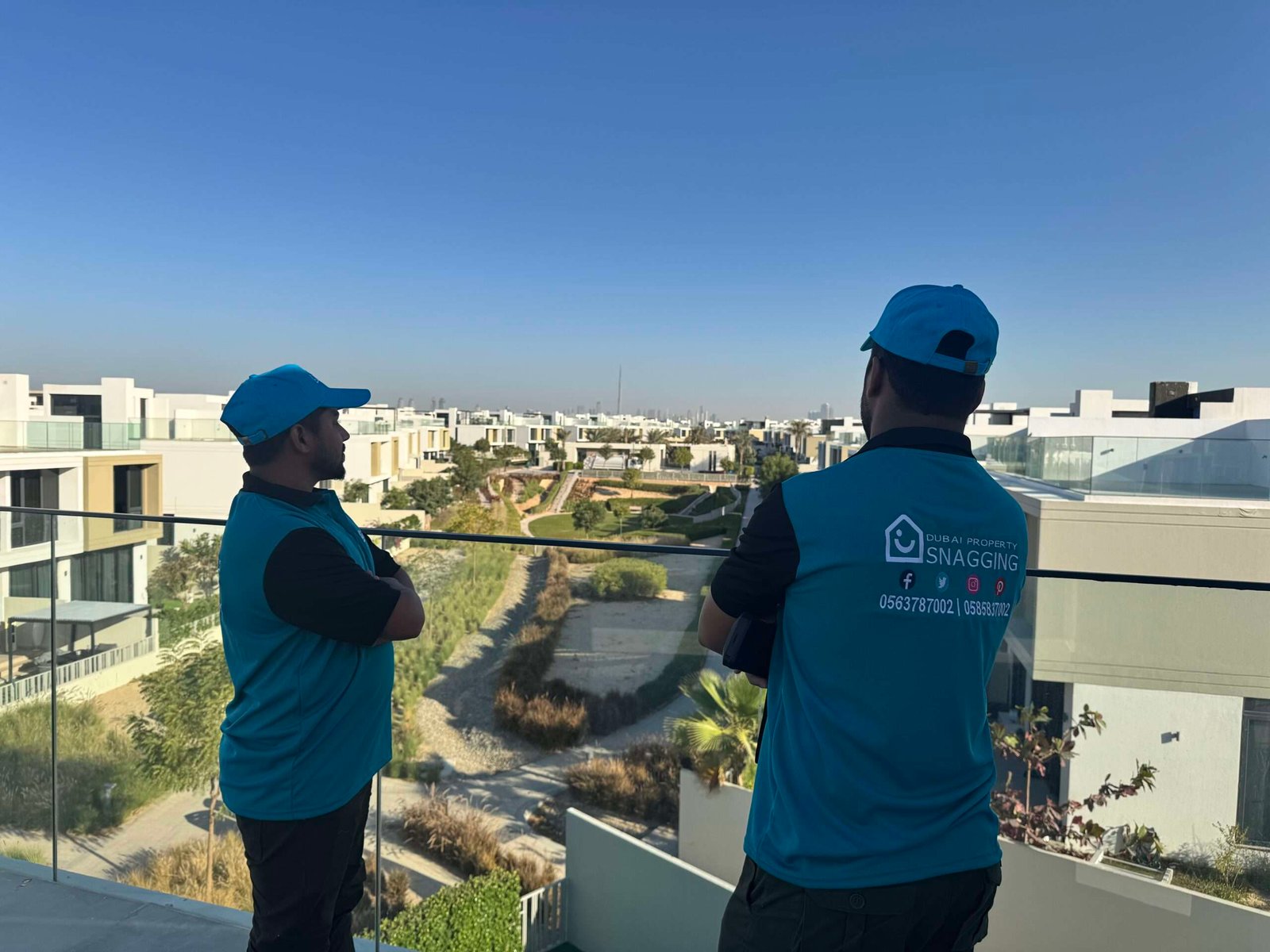How Digital Snagging Reports Help Property Managers Stay Organized
In property management, staying organized is key to ensuring smooth operations, keeping tenants satisfied, and maintaining property value. One of the most important tasks for property managers is identifying and addressing defects and maintenance issues within a property. This process, known as snagging, involves inspecting properties to identify any faults, ranging from cosmetic damage to safety hazards, and ensuring these issues are addressed before they escalate. Traditionally, snagging reports have been written by hand or typed into documents, which can quickly become disorganized or difficult to manage. However, with the rise of digital tools, digital snagging reports are transforming how property managers organize and track these issues, offering multiple benefits for efficiency, communication, and management.
In this blog, we’ll explore how digital snagging reports help property managers stay organized, improve workflow, and streamline the property management process.
What is Digital Snagging?
Digital snagging refers to using electronic tools, software, or apps to conduct snagging inspections and generate reports. These reports capture the issues identified during an inspection and include detailed information such as the type of issue, location, severity, and any additional notes or photos that may be necessary. Unlike traditional paper-based reports, digital snagging reports are stored electronically, making them more accessible, organized, and easily shareable.
How Digital Snagging Reports Improve Organization for Property Managers
1. Streamlining the Inspection Process
Traditional snagging inspections often involve manually writing down observations or filling out paper forms, which can be time-consuming and error-prone. Digital snagging tools allow property managers to conduct inspections directly on their smartphones, tablets, or laptops. These tools typically come with built-in templates, checklists, and pre-set categories, making it easier to log issues quickly and accurately.
By automating the inspection process, digital snagging reduces the chance of missing critical details. For example, inspectors can easily tap a button to select the type of defect (e.g., plumbing issue, structural problem, or cosmetic damage) and add a photo, rather than manually writing everything out. This streamlines the process and reduces the time spent during inspections, improving overall efficiency.
2. Centralizing Information
One of the biggest challenges for property managers is keeping track of a large number of properties and maintenance issues across multiple buildings or units. With traditional paper reports, it can be difficult to store, access, and organize records for each property. Digital snagging reports solve this problem by centralizing all the information in one place.
Instead of having to sift through stacks of paper reports or files, property managers can easily access digital snagging reports from a centralized dashboard or database. This ensures that all relevant data—such as photos, descriptions, timelines, and actions taken—are stored in one accessible location. Whether it’s reviewing ongoing issues or preparing for upcoming inspections, everything can be found quickly, reducing the time spent searching for paperwork and increasing overall productivity.
3. Improved Communication and Collaboration
Effective communication between property managers, contractors, and other stakeholders is vital for successful property management. Digital snagging reports enable seamless communication, allowing property managers to instantly share findings with relevant parties.
For example, after an inspection, the property manager can generate a digital report and send it directly to contractors or maintenance teams with just a few clicks. The report can include photos, location details, and specific instructions on what needs to be repaired or addressed. This eliminates the need for back-and-forth emails or phone calls and ensures that everyone involved is on the same page.
Additionally, digital snagging tools allow for real-time updates, meaning that contractors can report progress or mark tasks as completed right within the same system. This leads to faster resolution of issues and reduces delays caused by poor communication or lack of clarity.
4. Tracking Progress and Accountability
With digital snagging, property managers can track the progress of each task and ensure that nothing is overlooked. As tasks are completed, the system can automatically update the status of each issue, allowing property managers to monitor which repairs have been completed and which ones are still pending. This level of oversight helps keep maintenance on schedule and ensures that issues are resolved promptly.
Moreover, digital snagging reports can assign specific tasks to contractors or team members, establishing accountability. If there’s an issue with the completion of a repair or a missed deadline, the digital record provides a clear log of actions, allowing property managers to identify where delays occurred and hold the appropriate parties accountable.
5. Generating Detailed Reports and Analytics
Digital snagging tools often come with reporting and analytics capabilities that can provide property managers with valuable insights into the maintenance history of a property. Instead of manually compiling data or writing reports, property managers can generate automated summaries of issues and repairs with just a few clicks.
For instance, they can create reports that show trends, such as recurring issues (e.g., frequent plumbing problems or faulty electrical systems) or identify areas in need of ongoing attention. These insights can help property managers make informed decisions about preventative maintenance, budgeting, and long-term property planning. Additionally, digital snagging software can keep a record of past inspections, making it easy to review the history of each property and spot any patterns or concerns that need to be addressed.
6. Reducing the Risk of Errors and Overlooking Issues
Manual processes are often prone to human error, whether it’s a missed detail or an incorrectly filed report. Digital snagging eliminates many of these errors by standardizing the inspection and reporting process. With built-in checklists and prompts, the risk of missing key information or neglecting an issue is greatly reduced.
Additionally, photos and videos can be attached directly to the report, providing visual evidence of the problem. This makes it easier for property managers, contractors, or maintenance teams to understand the nature of the issue, minimizing confusion and reducing the chance of overlooking important details.
7. Enhancing Transparency and Record-Keeping
Digital snagging reports offer a more transparent and organized approach to property management. All inspections, issues, and repairs are logged and stored digitally, creating a clear and accurate record of the property’s condition over time. This can be especially valuable for property owners, auditors, or potential buyers, as they can access a detailed history of maintenance work, defects, and repairs.
The transparency of digital records also ensures that property managers are fully accountable for the condition of the properties they oversee. It provides a complete audit trail that can be referenced when disputes arise, making it easier to track who was responsible for what and when.
Conclusion
In the fast-paced world of property management, staying organized is essential for providing high-quality service, ensuring smooth operations, and keeping tenants happy. Digital snagging reports offer property managers an efficient, centralized, and error-free way to track issues, communicate with contractors, and monitor the progress of repairs. These tools reduce the administrative burden, improve communication, and enhance the overall property management experience. By adopting digital snagging reports, property managers can stay organized, save time, and ensure that properties are properly maintained, ultimately creating a better living experience for residents and a more streamlined workflow for property management teams.



